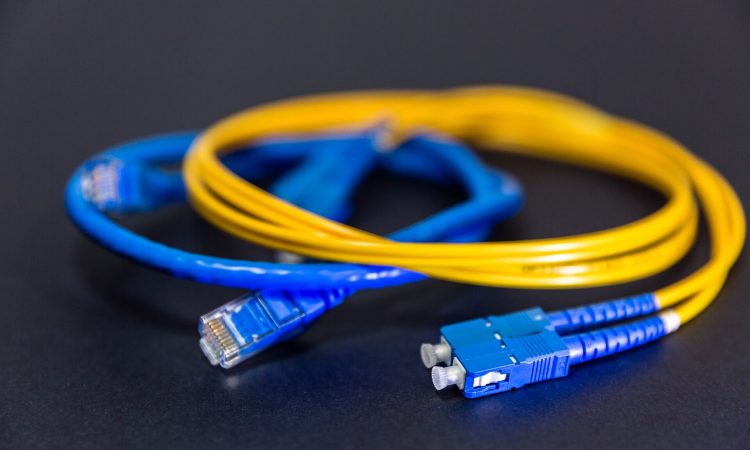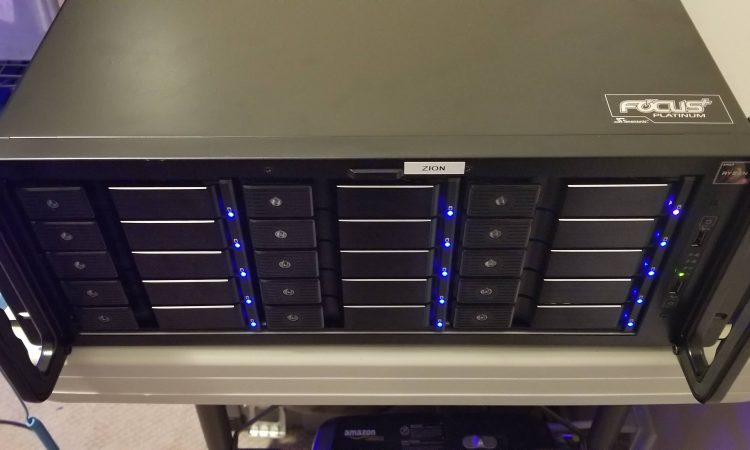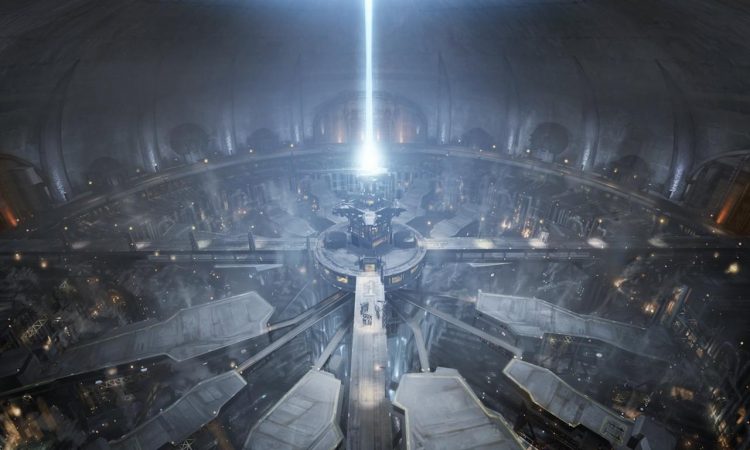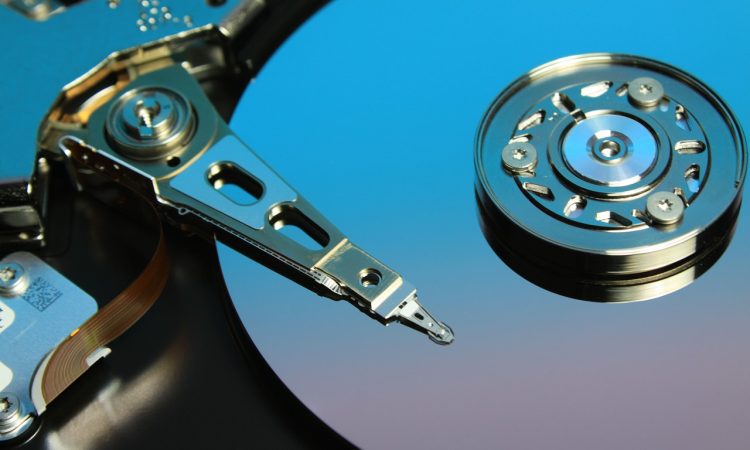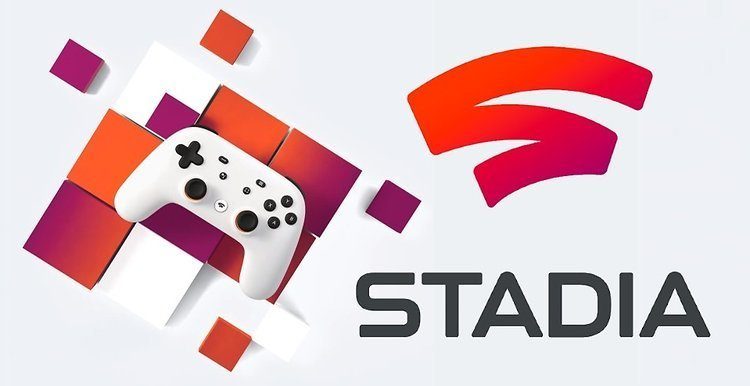Since the swap over to my new 4U storage server ZION it has already had a number of upgrades and I have used it quite heavily. My old N5550’s now all sit unused. In this post I will cover the updates to Zion 4U storage server and my Synology NAS 1817+.
Continue reading…Since my last post about my new Zion 4U storage server I have been more and more impressed by Unraid and have started using Docker and KVM virtualization on it.
Since then I have moved some VMs over to KVM virtualization on Unraid. That left my Domain Controllers, IPAM, and VCSA left on my VMware environment. My secondary DC was also broken so I was running with just a single DC. This made me re-think how the home lab was configured and decided to simplify some of the many moving parts.
The main hassle is recovering from a power outage. Typically I have to manually intervene to get most things back online. Having systems more consolidated will allow a faster and more hands-off recovery.
Continue reading…I am excited to reveal my latest 2020 custom server build – ZION. See my previous planning post for Zion here.
Built from the ground up to be a custom 15+ drive bay rack-mountable storage server and virtual machine host. Using AMD Ryzen Zen+ architecture and X370 chipset. Zion was designed to be powerful enough to run KVM virtual machines and Docker containers.
Zion runs Unraid Pro with SSD caching and dual parity. It has capacity for 25 drives total: 24 HDDs (16 HBA + 8 On-board Mobo) and 1 x M.2 SSD/NVMe slot.
Named after Zion from the The Matrix movies.
Zion is the last human city on the planet Earth after a cataclysmic nuclear war between mankind and sentient machines, which resulted in artificial lifeforms dominating the world.
https://matrix.fandom.com/wiki/Zion
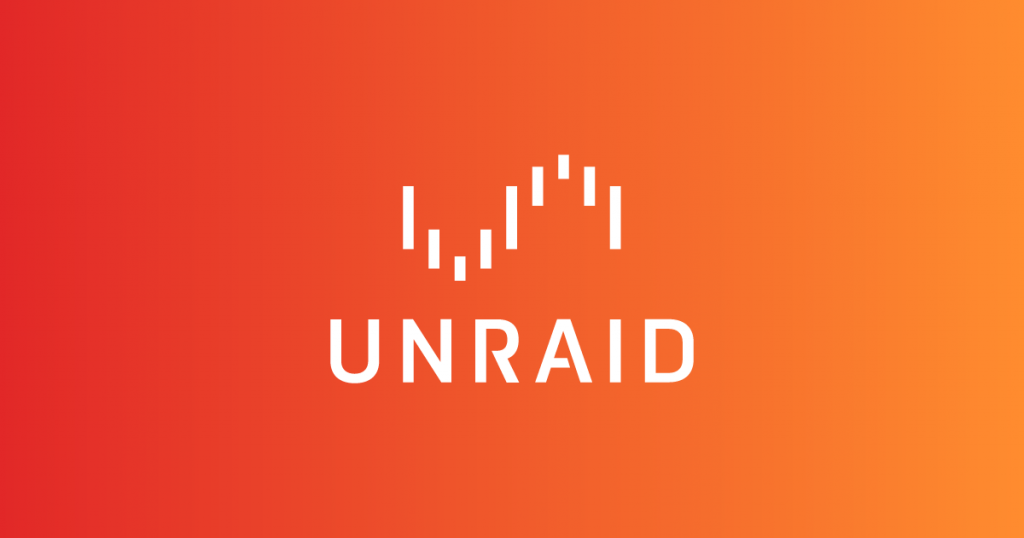
It’s a new year, and that means it’s time for some home lab upgrades!
The last few upgrades I did were some hardware hacks to my old Thecus N5550’s to support 6 drives and Unraid. Before that I did a SSD upgrade on NAS3 for my VMware VM storage. And finally almost a two years ago exactly I installed a Synology DS1817+.
After using Unraid more and more in my home environment and understanding how it works I have become more confident in using it and can say I am pretty much on the Unraid kool-aid.
So my goal for 2020 is to make a large capacity storage server, and more or less retire most of my Thecus N5550’s that have served me so well.
So the planned 2020 additions are:
- New 4U Unraid 15+ Drive Storage Server
- Replace 4-Tier Shelf with a 5-Tier Shelf
- 10Gbps Pre-Planning
With Google Stadia’s release date quickly approaching on November 19, 2019 I wanted to give some of my thoughts on Cloud Gaming and the Google Stadia platform.
Cloud gaming is not a new concept prior to Google’s introduction into the market. There have been a few previous companies that have tried and failed like OnLive in the past. There are companies that offer this service today like Parsec, GeForce Now, and PlayStation Now.
Cloud Gaming
Let’s step back for a moment and talk about what “cloud gaming” really is. Most people are familiar with playing games directly their device of choice, and the game runs on that device’s hardware and thus may be limited by the user’s hardware.
Cloud gaming changes that by running the compute and GPU load of the games on a server hosted by the provider and then streaming the output to your device. This essentially turns your device into a monitor where all it’s doing is displaying what is running on a server somewhere else. Imagine it’s kind of like watching Netflix, only for video games.
For the consumer this means they no longer have to fork out hundreds or possibly thousands of dollars to get good performance and frame rates in games. You can get the same performance on what ever device you choose to stream the game because it’s not actually running on that hardware. Essentially it’s a thin-client / server model. The cloud provider is doing the majority of the processing power.
Continue reading…Thecus N5550 6th Drive Mod
This post is specific to owners of the Thecus N5550 but will apply to almost all of the Thecus NAS lineup as well. Anyone with Thecus NAS devices knows that the operating system “ThecusOS” has been practically abandoned. The vendor came out with “OS7” but it never fully finished and development died somewhere along the way. It also did not fully support the N5550 and many other models. Owners were left with unsupported devices.
This was fine with me for a while since I never really used the management interface except when configuring or troubleshooting issues. However after a couple years now the interface is very outdated and I was looking for something more modern.
I did upgrade one of my N5550’s to “ThecusOS7”, a beta version. It was able to install and it appeared to be functional however I was unable to create a RAID volume. Which means I could not use it for much of anything. Not to mention it was clunky and the older UI actually seemed to be more functional. It was clear that OS7 was just trying to mimic Synology’s DSM, but lacked all the polish. My attempts to downgrade were unsuccessful and I had pretty much bricked the NAS.
So now what? I have three N5550’s and don’t want the hardware to go to waste.
Continue reading…
